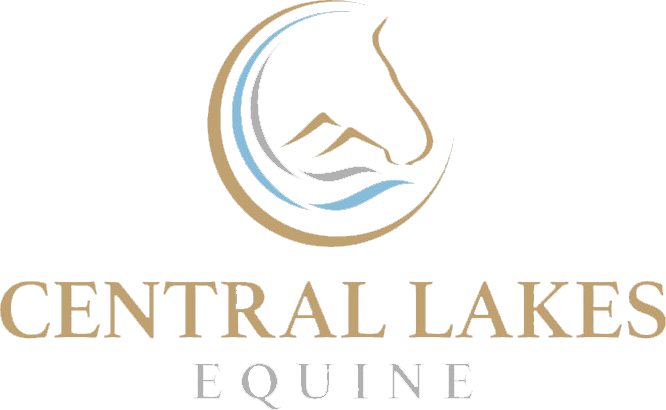In the recent weeks I attended a 4 hour veterinary seminar to further my knowledge in the veterinary aspects of back pain. It was a fantastic series and I wanted to briefly share a few aspects with you.
Does pain threshold vary between horses?
Yes, Post mortem examinations have shown a difference in nerve supply to areas of the back within a horse population. This suggests that even in the presence of back abnormalities causing pain, some horses are less sensitive to the pain associated with this condition, and some horses are much more sensitive.
Radiographic examination for kissing spines (impingement of the dorsal spinous processes):
Let’s remember it’s only one picture to the puzzle.
It is a great indicator of changes to the bones such as sclerosis and lysis (whitening and holes).
It also indicates the proximity of the processes to the adjacent ones.
But it doesn’t show pain. Some horses with have pain from kissing spines with minimal radiographic changes and some horses will show severe changes with no pain.
Use radiographs in conjunction with a full clinical evaluation to assess their relevance.
Chronic fascia pain:
We need to remember a large component of back pain is held within the fascia of the back. This fascia can become chronically inflamed and stick down instead of allowing gliding of the muscle levels. When left, this issue can be self perpetuating.
Treatment of back pain should be multimodal!
My suggestions:
The clinical examination and lameness evaluation must be performed first
The Radiographic assessment should follow
Nerve blocks can be used as a further diagnostic step to help with a diagnosis
Treatment of pain:
Treat underlying lameness in addition to therapies for chronic back tension
Examples includes; pain relief, mesotherapy and even steroid injections
Equine therapy is a MUST: This could include chiropractic, osteopathy or physical rehabilitation.
The last treatment step to consider is surgery
Are you concerned about kissing spines?
Today we medicated an interspinous ligament that was suspicious to be causing clinical back pain in our patient based on radiographic examination. This interspinous ligament is the soft tissue structure that stabilises and holds steady the tall processes between the adjacent spinal vertebrae.
How do we do it?
We use a sterile scrub to prepare the back. Then we used the Xray machine to guide our needles to the correct space between the dorsal spinous processes/suspicious kissing spine lesion. We deposited medication in the region between the potential kissing spines.
Medication:
Our first choice would be to use local anaesthetic to numb then pain. We can then compare the horse under saddle before and after the injection to assess for improvement.
Another option is to use steroids as an anti-inflammatory agent. This is injected into the same area. The horses performance can then be assessed going forwards and the rider can observe for resolution of their concerned clinical signs.
Why would we do this procedure?
I think this is a very useful technique when we are concerned whether the X-rays of close spinous processes are actually causing clinical pain. It may also help to indicate if surgical correction is required for our patient, and which sites may require surgery.
Scintigraphy is helpful to show a hot and inflammed bone, but it doesn’t indicate early or milder soft tissues squeezing between the processes.
